The problem
The first step in the scientific method is when you observe a problem. However, defining a problem is not as trivial as you may think.
There is some complexity to the process between the first time you observed a problem to the time you specifically define the problem you want to solve with the scientific method.
Let’s use a real case example.
Let’s assume that you just joined one of the many organizations in Hawaii interested in land restoration.
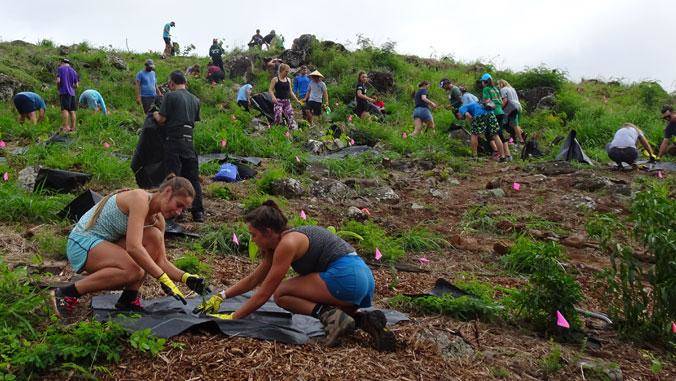
Figure 1.2: Carbon Neutrality Project
One of the first observations you will make is that the speed at which we cut down trees is much faster than the speed at which we plant trees. As a matter of fact, in Honolulu, we cut down over 15,000 trees a year, but only about 4,000 thousand trees are planted.
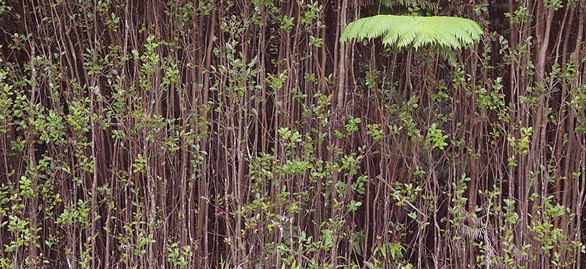
Figure 1.3: Invasive Guava forrest in Hawaii
A second observation you would likely make is that we are loosing land to many introduced species like guava, halekoa, albizia, several grazes, etc. Those species are very aggressive and are secluding/pushing to the brick native species.
With those observations in mind, your first likely question is how do you make the approach of land restoration more efficient?
Narrow the problem
That simple question of how to make restoration more efficient can take you into tens of different pathways, which again, brings into attention the importance of keeping focus and methodic.
Lets assume that you choose to focus on the production of seedlings, as many seedlings die after planting and they are not cheap.
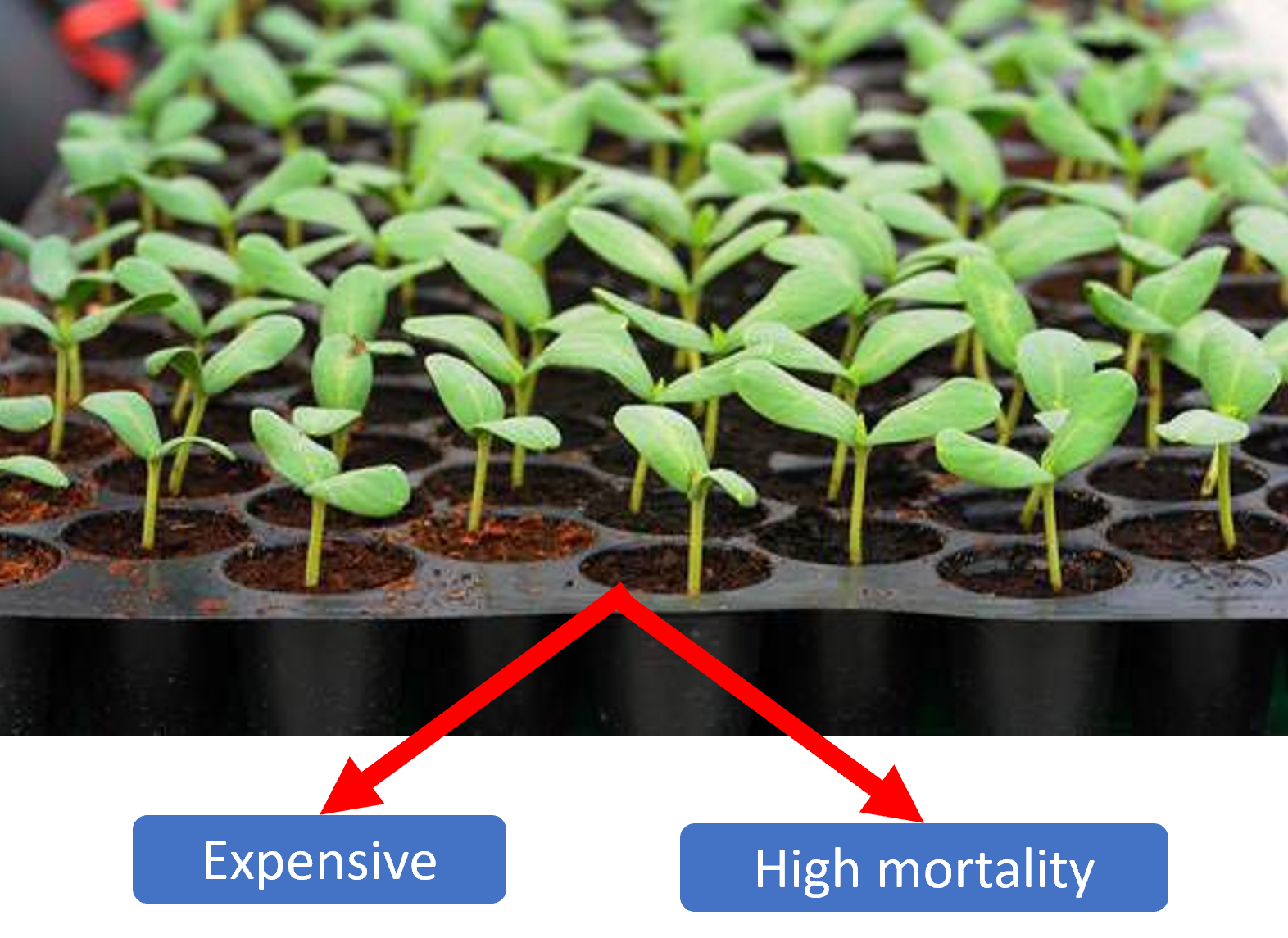
Figure 1.4: A few problems with seedling production
Search prior knowledge
The second step in the scientific method is to find out what has been already done about this problem.
You need to collect information to better define what the problem is. Do not start working on the first idea that occurs to you. May be some else thought of your idea already, may be there are better ideas, may be other ideas give you an even better idea.
Ultimately, you should not risk getting into a rabbit hole other people already checked for you, or worse off reinventing the wheal.

Figure 1.5: Search information
Searching for prior knowledge can be done in different ways.
You can start with a general Google search. In the example about restoration, you can ask a simple question like “why seedling mortality is so high”. Ask questions like you will ask to a person. The more specific you get the better.
Because most information in the web likely has been collected without using the scientific method, you should be cautious when using such information. The reason to consider the web as a general source of information is that it contains the cumulative experiences of millions of people, which bring me to another source of information, which is gaining from the expertise of other people. Find people working on your problem, and ask the same questions you asked in Google.
Upon gathering prior knowledge in the form of experiences via webpages or interviews, you need to scale up the quality of information you search for using Google Scholar.

Figure 1.6: Scholar Page
Google Scholar is a search engine of scientific publications. There are many other databases you can use to look for papers like PubMed and Jstor, but Scholar alone will likely be enough. Several studies have shown that almost any search in Scholar returns the same papers as searches in more specific databases.

Figure 1.7: PDFs in Scholar
While those databases may give you the title and summary of the paper (i.e., so call citation), finding the full paper is another deal.
When freely available in the web, Google Scholar will provide the PDF of papers in the hyperlink highlighted with the red square in the figure above.
If you have an email student account, you can also try to get the PDF via your local library, which link is provided besides each citation in Google Scholar (green square in figure above). These links are only available when you do the search within your university’s network.
You can also click on the “All versions” tab (Highlighted with the red arrow in the image above); commonly there are PDFs there as well.
If you are not in a rush, you can click on the citation, which will take you to the web-page of the journal, get the email address of the author and send that person a message asking for the PDF.
There is also a web page commonly shared among students called Sci-Hub, which contains PDFs of almost any paper. There is another one that provides books Z-Library. I am not familiar with the legality of these projects, but you should be aware they exists. You can read about Sci-Hub Here, and about Z-Library Here.
Again, it is very important that you know your sources of information. And apply common sense, when you use such information.
Please do the following exercise:
Using the words “How many species are there on Earth”, do a search in Google and in Google Scholar.
Check out the first ten citations on each search.
- What differences do you see?
- What are the social implications of these differences?
Obviously, after you find the PDFs of papers, you have to read them. Some papers may provide new citations for you to look for.
The step of information/literature search should be taken with much seriousness. You really want to be sure you know well what is already known out there; You need to become an expert on whatever is that you want to work on. Having a good understanding of the prior cumulative knowledge will allow you to quickly judge if something is worth working on or not. It will also give you ideas into how to do or not to do things.
Pasteur famously said, “chance only favours the prepared mind”. Given what I told you about him, why do you think it is important, then, to know the literature well?
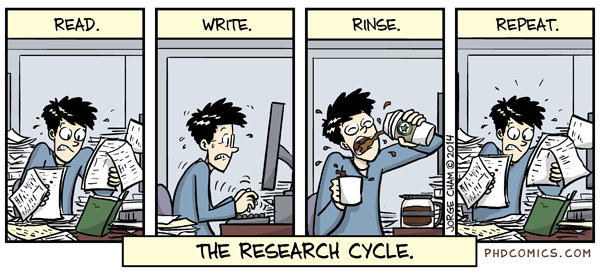
Figure 1.8: An information search is demanding, if done well
Back to defining the problem
After the non-trivial exercise of looking for prior information, you should probable go back to re-defining what the problem is, being as specific as you can.
If you were to actually replicate the example before about forest restoration, you will find that one, among many problems, with seedlings is that you probably want healthy seedlings grown at the nursery to maximize survival after planting.
Having seedlings growing fast can also reduce the time they spend in the nursery reducing overhead costs. Tall and healthy seedlings can better cope with the stress after planting, and escape above and below ground competition with weeds.
You would probably also found that water and food (in the form of nutrients) is critical to making seedlings grow faster and healthier. If you did a good information search, certainly, you also found out about the importance of soil microbes, specifically Mycorrhizae.
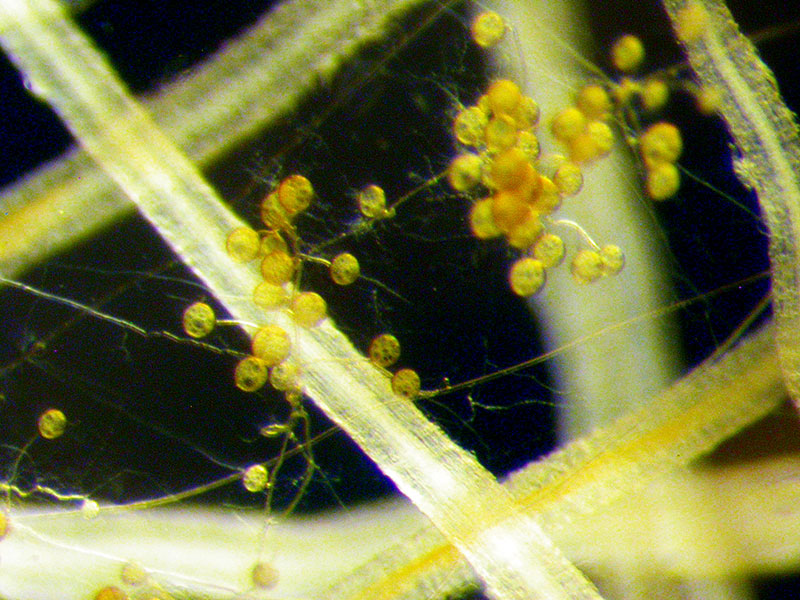
Figure 1.9: Mycorrhizae in roots
Mycorrhizae is a group of species of fungi that finds home on the roots of trees, creating mutualistic relationships with the tree. They break down organic matter and nitrogen compounds that can be adsorbed faster by the seedling.
At this point, it will likely become clear that an obvious question to ask is if this Mycorrhizae has any effect on your seedlings.